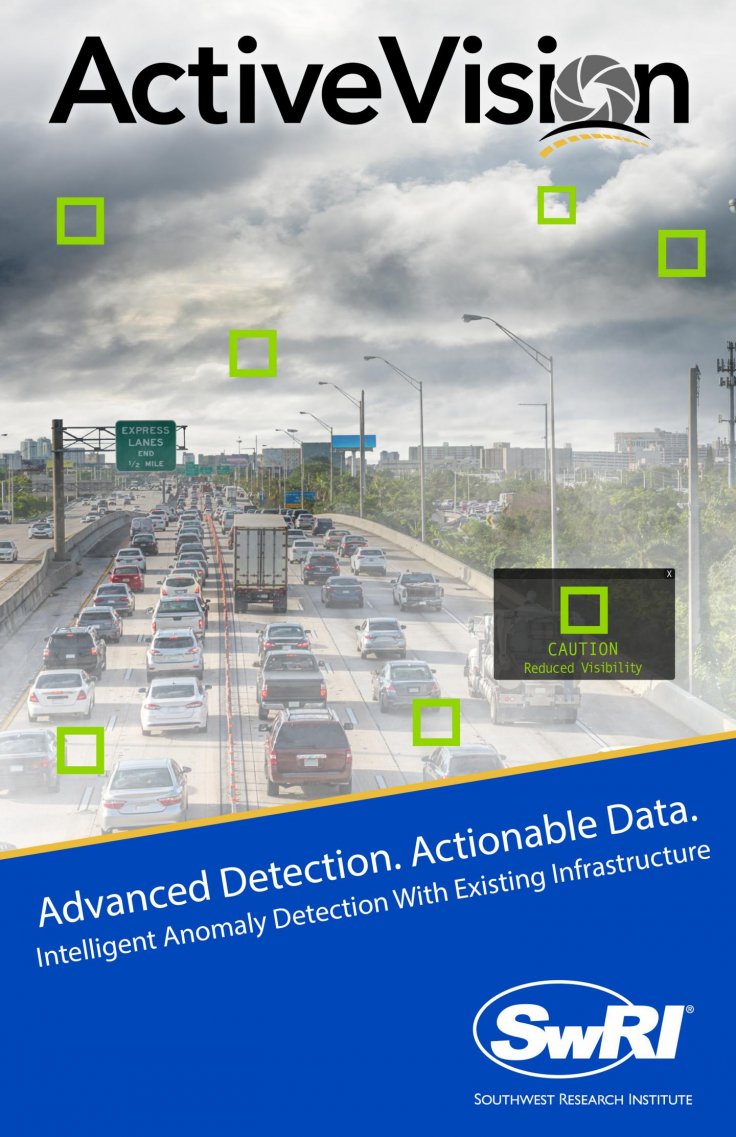
Southwest Research Institute, headquartered in San Antonio, Texas has launched a machine vision tool that transportation agencies can easily use to autonomously detect and report traffic condition changes.
It should be noted that Google Map can also provide traffic details to navigate the travellers, but this new tool is slated to be more accurate and advanced. Named as ActiveVision, the tool includes an advanced algorithm, which can process camera data to help the transport agencies real-time information on weather conditions and other anomalies affecting congestion.
ActiveVision is designed for integration with intelligent transportation systems (ITS) and it can be configured with existing traffic cameras to analyse the road conditions without any human monitoring.
Dan Rossiter, a SwRI research analyst leading ActiveVision development stated that the aim behind this project is to help the transportation agencies to enhance the ITS capabilities with the help of such advanced algorithms that can scan the vast amount of visual data, extracting and reporting actionable data.
SwRI's ActiveVision integrates with ActiveITS software, developed by the same American organization, in addition to other ITS and advanced traffic management systems (ATMS) that is used by state and local agencies in US.
SwRI, known for its transportation and traffic management software expertise, has more than 20 years of experience in developing and deploying ITS software for transportation agencies all over the country.
The Texas-based organization developed intelligent transportation systems, which have been applied to more than 13,000 miles of urban and rural roadways in 10 states as well as in Puerto Rico.
Steve Dellenback, vice president of SwRI's Intelligent Systems Division said that the work in the ITS arena inspires the team to find a solution which could be "integrated agnostically into just about any advanced traffic management system, using existing cameras and infrastructure."
The Intelligent Systems Division actually specializes in traffic management systems and connected and automated vehicles in addition to machine learning solutions used in autonomous robotics, health diagnostics, markerless motion capture and methane leak detection.










